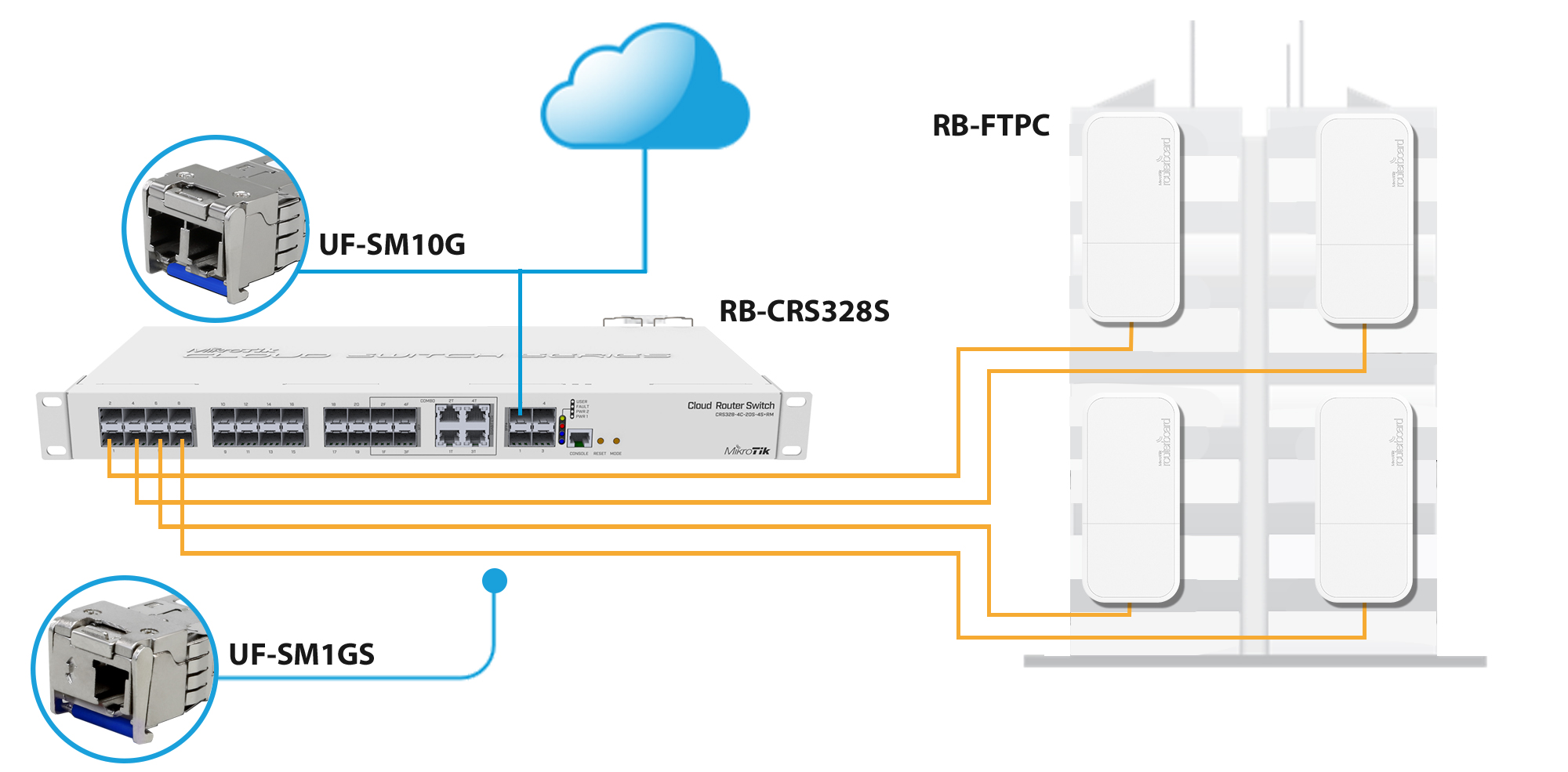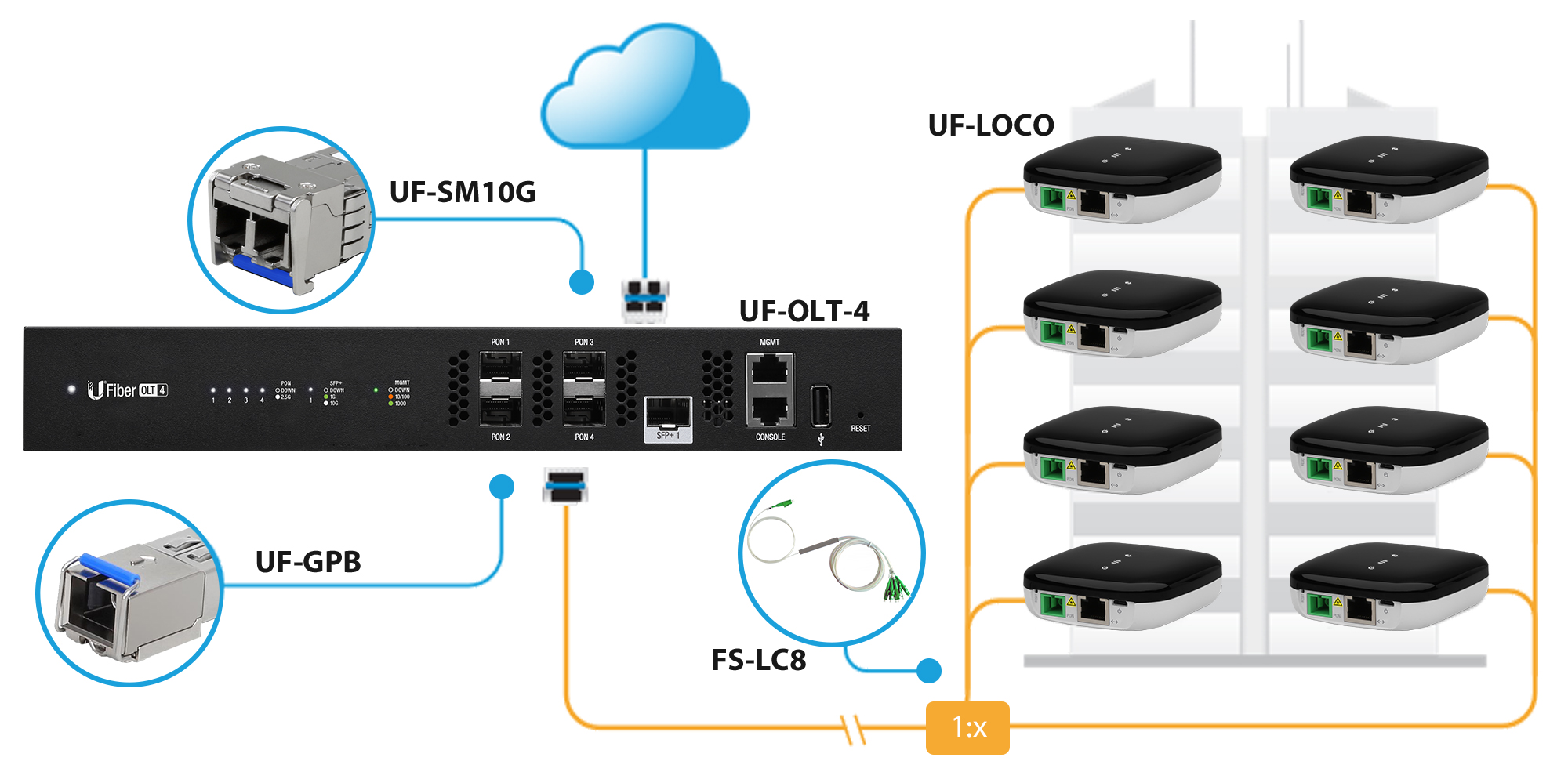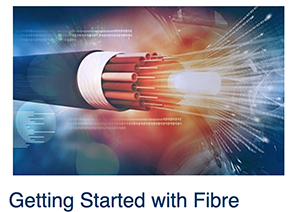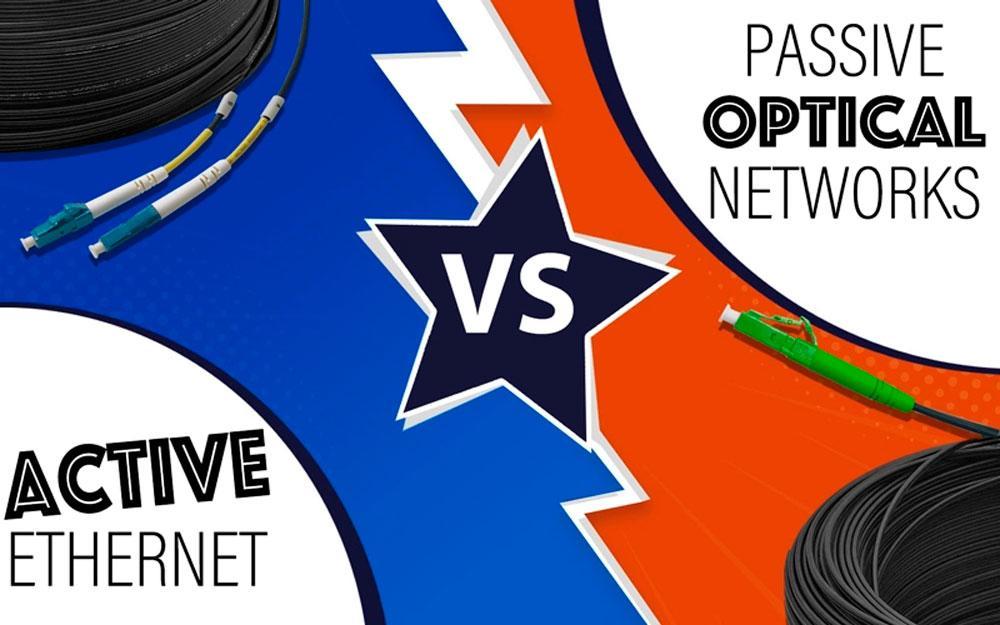October 28, 2019
South Africa’s fibre footprint has several offerings at varying price points and service levels. Understanding how these solutions differ is highly beneficial when having to decide on the best solution for you or your customer’s specific requirement.
There are predominately two different fibre technologies being deployed to satisfy local customer needs:
Active Ethernet
Active Ethernet fibre deployments are used in a Point-to-Point topology, where guaranteed, symmetrical, mission critical services are required. This solution allows for a Layer 2 or Layer 3 bridge to be constructed over vast distances, possibly linking remote data-centres to one-another. Active Ethernet is named as such because each hop to the end destination is actively split via a powered switch or router and is not a shared medium. Active Ethernet makes use of Ultra Physical Connectors, which are usually blue or cream in colour.| Active Ethernet | |
| Pros | Cons |
| High performance 1:1 connectivity | More fibre required |
| Scalable | Higher installation cost |

Direct port connectivity to each RB-FTPC at 1.25Gbps
Passive Optical Network
Passive Optical Network deployments are used in a Point-to-Multi-Point topology, and is typically a last-mile solution where service levels can vary to each customer’s premises. This system offers sustainable reliability as a cost-effective, broadband deployment solution. Multiple premises can be connected to a single OLT (Optical Line Termination) which dynamically allocates bandwidth to each subscriber ONT/ONU (Optical Network Termination/Optical Network Unit).As this system is a shared medium, similar to Wireless Point-to-Multi-Point topology, it is also suited for Multicast data applications as well as FTTH deployments. Services are sent to customers via a Passive Optical Splitter, usually between 4 and 64 ways, where the splits do not require power and thus it is referred to as Passive Optical Networks. Passive Optical Networks make use of Angle Polished Connectors which are usually green in colour with an 8° cut-off angle.
| Passive Optical Network | |
| Pros | Cons |
| Easier deployment | Shared connectivity per port |
| Lower installation cost | Limited scalability |

Connection shared over fibre splitter at 2.5Gbps down and 1.25Gbps up (shared amongst ONU's)
Substituting PON equipment with AE equipment or vice-versa is not recommended as it introduces significant amounts of loss and could possibly damage the connectors.
More fibre related information can be found on the following blog:

Reference: https://www.lightwaveonline.com/







